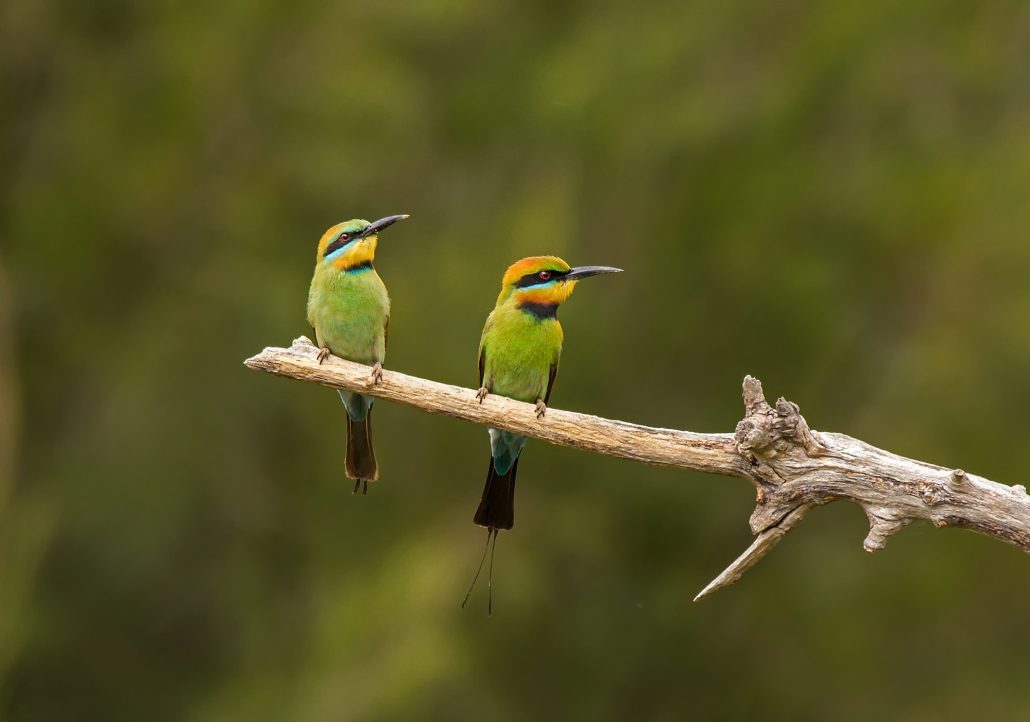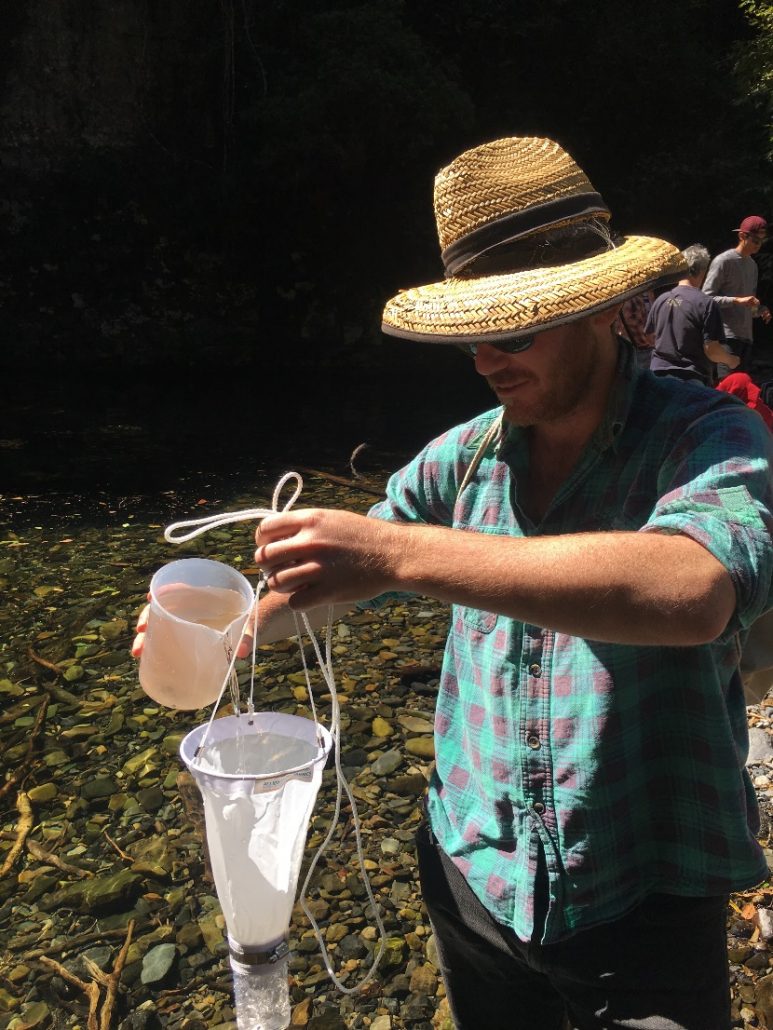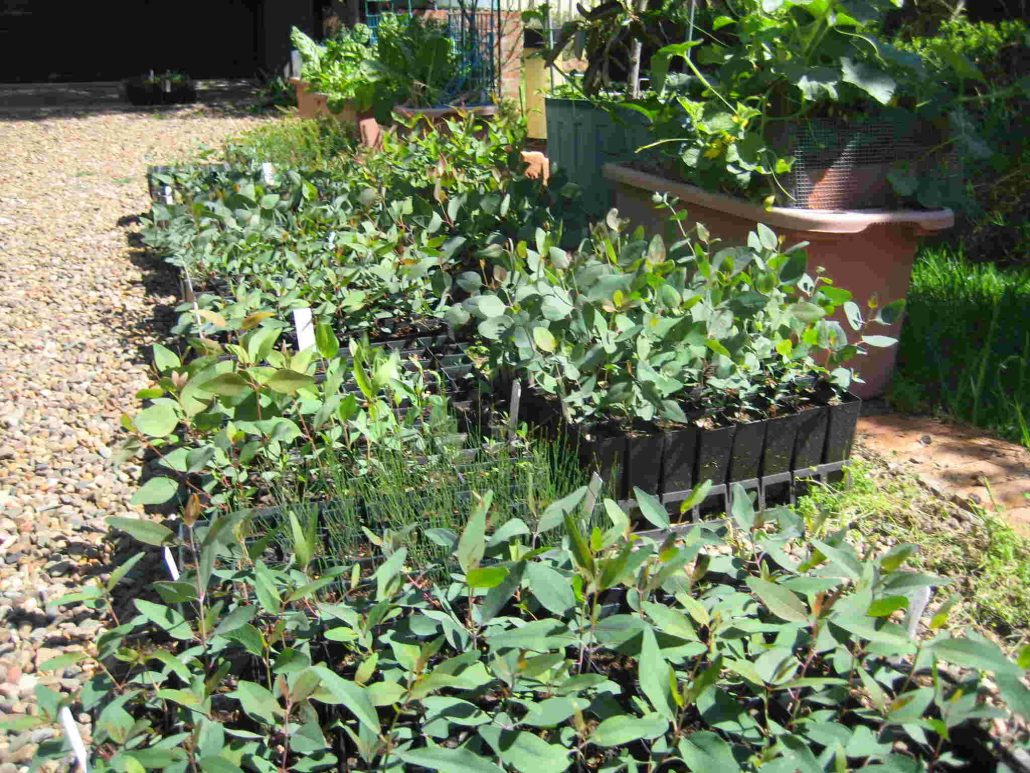Paddock trees linking our landscape
The Central Tablelands region is one of the most highly cleared areas of woodland in NSW. Watershed Landcare have been running a project aiming to enhance areas of highly cleared ecosystems by improving linkages between remnant native vegetation.
The Paddock Trees project, supported by Central Tablelands Local Land Services through funding from the Australian Government, provided financial assistance to landholders to increase the extent of paddock trees and clusters on the land they manage. Individual landholders were eligible to apply for up to $2,750 in funding for materials or labour to conduct on-ground works that improve vegetation extent and quality.
Six landholders from Lue, Rylstone, Gulgong, Stoney Creek and Mudgee participated in the project, conducting on-ground works to protect existing remnant vegetation and establish new corner, cluster and single paddock tree plantings.
Participating landholders worked with Watershed Landcare’s botanist to select suitable, endemic species to meet their desired project outcomes. At one project site, the planting was designed specifically to aid with the remediation of a heavily eroded, saline area.
As part of the project 8 ha were re-vegetated with over 1000 trees. When mature, these plantings will not only provide connectivity to existing remnant vegetation and act as wildlife corridors but will also provide other valuable ecosystem services such as habitat for pollinators as well as birds and bats beneficial for pest control and maintain and improve soil structure and fertility.
A Paddock Trees and Farm Vegetation Management workshop was also held in April as part of the project. Watershed Landcare invited Dhyan Blore, Principal Consultant at Native Biota Rural Ecology, to share her extensive knowledge in rural vegetation management and the establishment and care of native plants.
The workshop focused on providing landholders with knowledge and practical information to enable them to establish and mange their own native vegetation plantings, covering topics such as species selection for various sites and purposes, tree planting techniques, short term follow up and later management, including thinning and grazing.
Want to find out more about our projects and what we do? Visit our website, www.watershedlandcare.com.au, or contact one of our Coordinators, Claudia Wythes on 0412 011 064 or Agness Knapik on 0435 055 493 or email: info@watershedlandcare.com.au.
This project is supported by Watershed Landcare and Central Tablelands LLS through funding from the Australian Government and is a part of the NSW Government’s Local Landcare Coordinators Initiative, supported through the partnership of Local Land Services and Landcare NSW.



